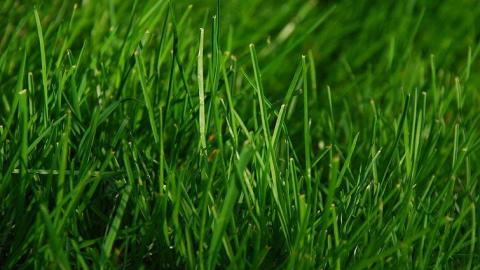Green Infrastructure for Sustainable Cities

What’s the Latest Development?
A series of case studies just released by the American Society of Landscape Architects is a veritable “how to” guide for cities that want to cut building and utility costs while creating more habitable environments. “Such techniques as green roofs, roadside plantings, rain gardens, permeable paving, and rainwater harvesting.” The techniques improve water quality and transform rainwater from a source of pollution into a valuable community resource. Half of the cases studied were retrofits of existing developments.
What’s the Big Idea?
As cities continue to grow, they must do so in more compact patterns. Urban sprawl has wasted money and it makes cities unsustainable and unpleasant places to live. Caring for urban water resources by creating natural runoff systems, i.e. green spaces that allow rainwater to seep naturally back into the ground, is a good way to implement sustainable development. Such green spaces would scale back concrete use and other “gray infrastructure” while separating rainwater from cities’ systems of sewage pipes.



